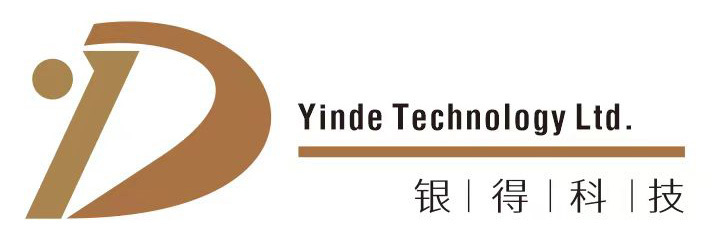Silver tin oxide is an environmentally friendly electrical contact material with a wide range of applications.
AgSnO2 material will be high melting point, high wear-resistant tin oxide particles, fibers, dendrites, etc., in accordance with a certain form (gradient or diffuse) distribution in the silver matrix, the formation of a kind of electrical contact material. It has a very good resistance to burnout and anti-melting welding, DC switching circuits in the anti-material transfer ability. There are mainly: alloy internal oxidation method, pre-oxidation method, powder metallurgy method, chemical coating method and other manufacturing processes.



AVAILABILITY
AgSnO2 contact material is environmentally friendly and non-toxic, with excellent resistance to fusion welding and arc erosion. Generally speaking, under the condition of higher current, AgSnO2 has better resistance to arc erosion than AgCdO; under lamp or capacitive load, AgSnO2 shows stronger resistance to current impact than AgCdO and AgNi; under AC resistive load, AgSnO2 has a slightly higher contact resistance than AgCdO, but under DC lamp or motor load, it shows low and stable Contact resistance; under DC conditions, AgSnO2 material transfers less compared with AgCdO.AgSnO2 contact materials are widely used in medium and large capacity AC and DC contactors, AC and DC power relays, automotive electric appliances and small and medium capacity low voltage circuit breakers.
Resistivity (μΩ-cm)
1#AgSnO2
8#AgSnO2
12#AgSnO2
37#AgSnO2
40#AgSnO2
SnO2 content (wt.%)
10±1
12±1
12±1
12±1
14±1
Density (g/cm3)
≥9.70
≥9.60
≥9.50
≥9.50
≥9.40
Resistivity (μΩ-cm)
≤2.40
≤2.80
≤2.50
≤2.80
≤2.90
Durometer
≥70
≥75
≥75
≥75
≥80
Manufacturing process
Pre-oxidation - Sintering - Extrusion
Mixing-Sintering-Extrusion



AVAILABILITY
Copper tungsten contact materials are dual phase materials produced through powder metallurgy processes. Their compositions range from 25% to 50% copper. They are produced through unit compaction techniques and therefore the fabrication costs are relatively high. Discrete contacts are available, usually supplied with a solder flush applied. Contact assemblies are also supplied. Where high volumes are required, furnace brazing is the most economical method of attachment. Where volumes are lower, resistance brazing or torch brazing techniques are more economical.
Note
NoteThe compositions listed are generally considered the industry standards. The listed values represent the typical properties of these materials. Modifications to meet special applications may be possible.
Composition
Hardness
Density
Conductivity
(weight %)
(R'well)
(g/cc)
(IACS %)
CT50PSI Cu50/W50
B70
12.1
63
CT60PSI Cu40/W60
B81
13.1
58
CT70PSI Cu30/W70
B90
14.1
53
CT75PSI Cu25/W75
B100
14.8
47

